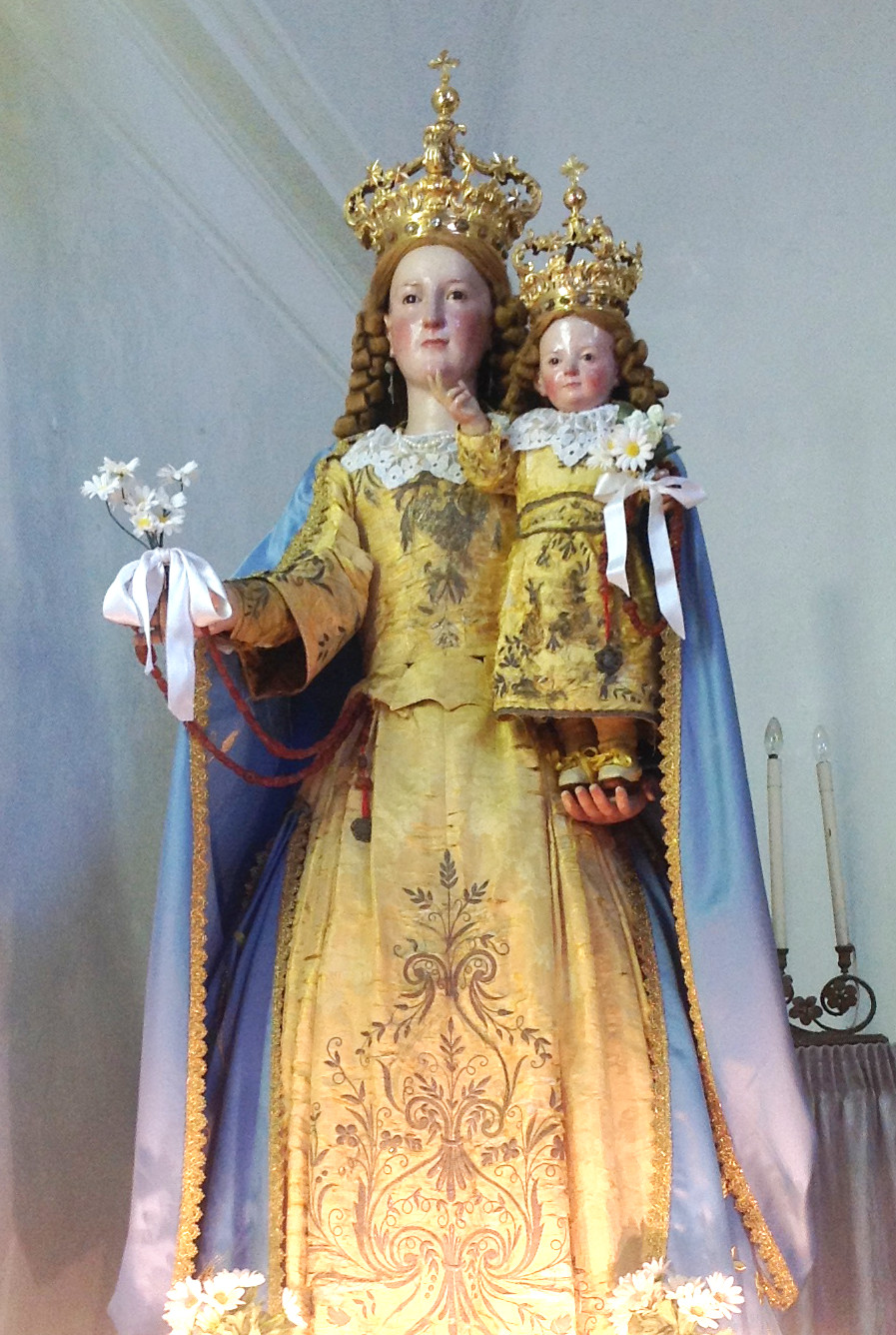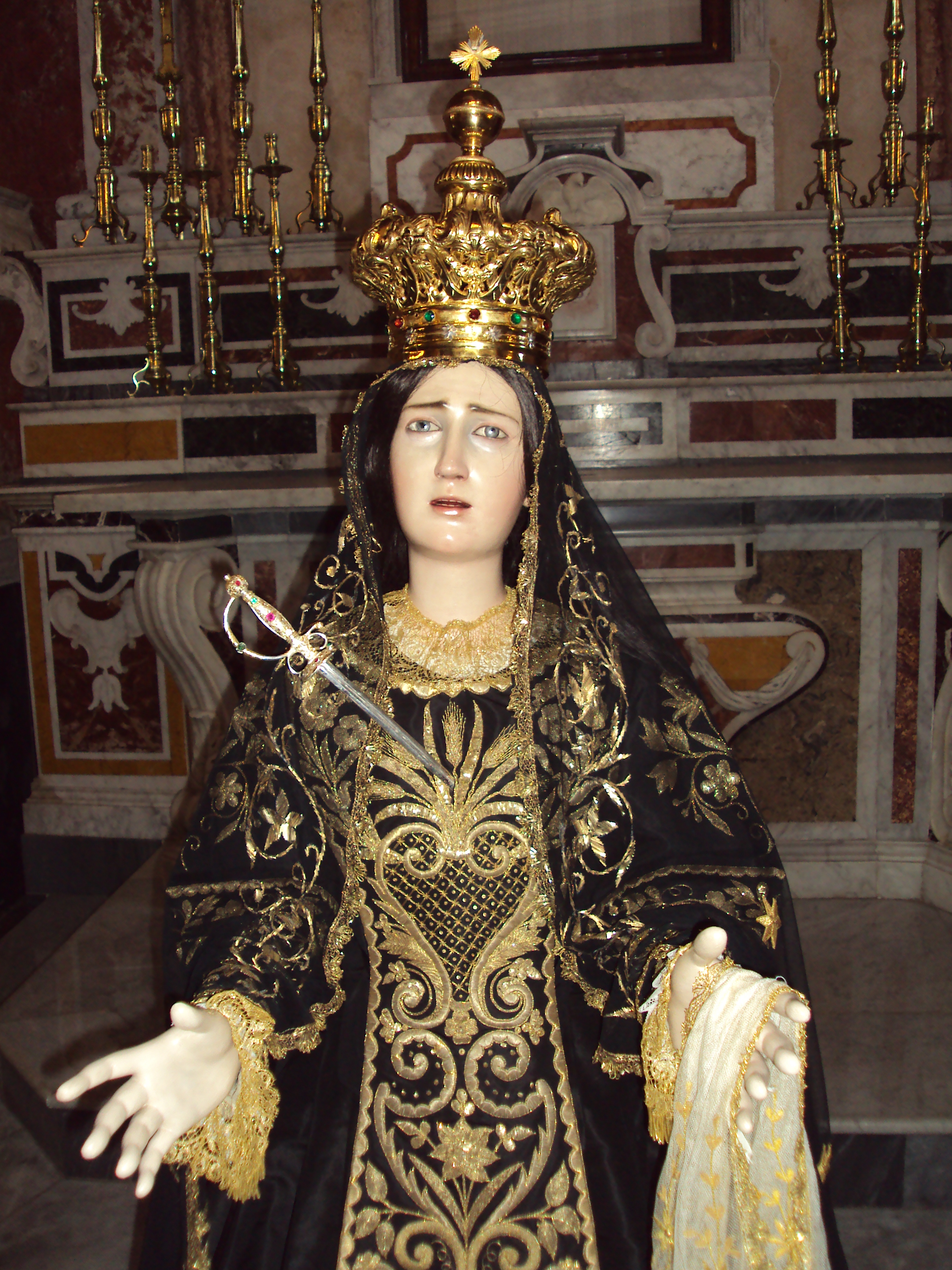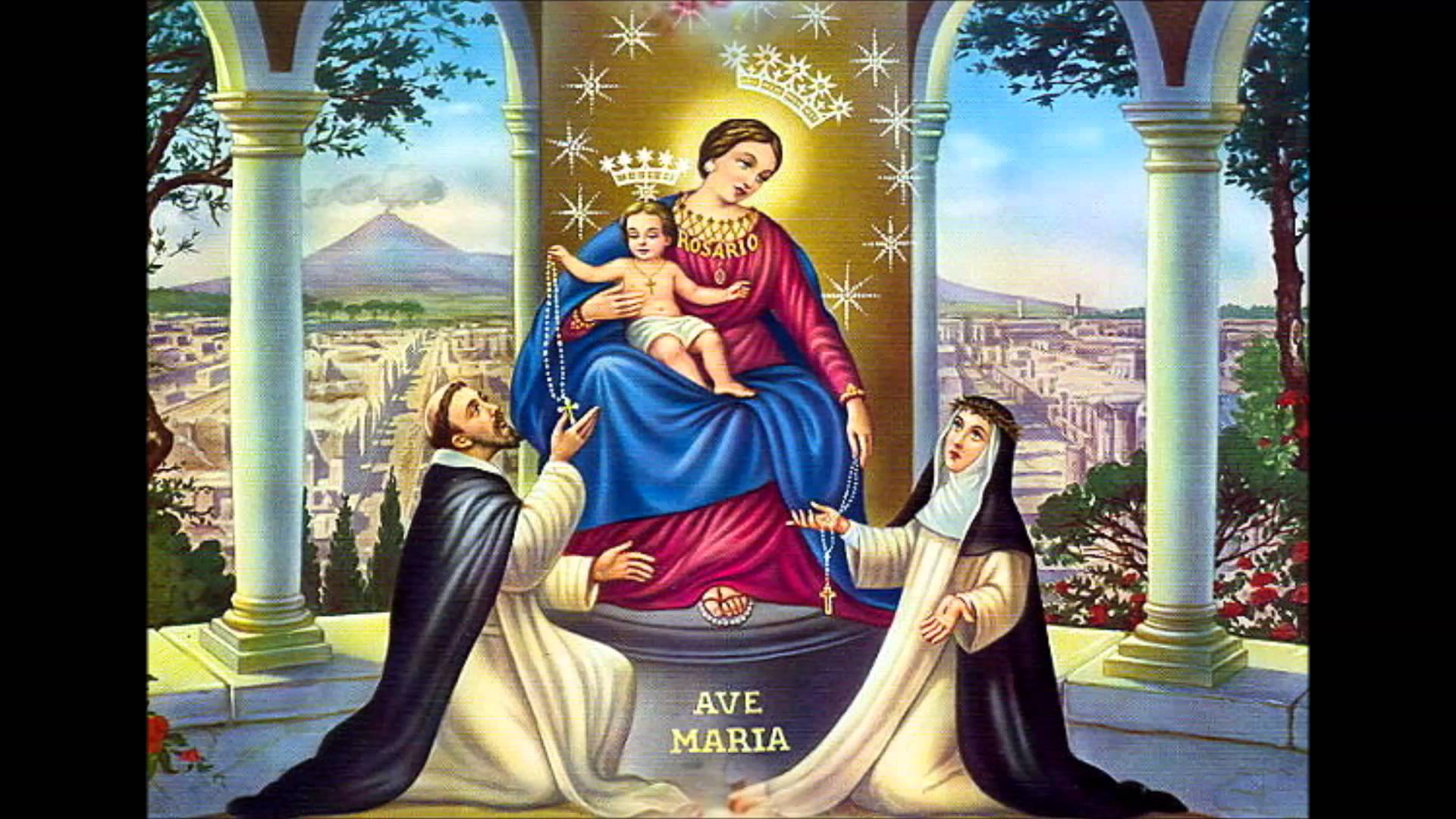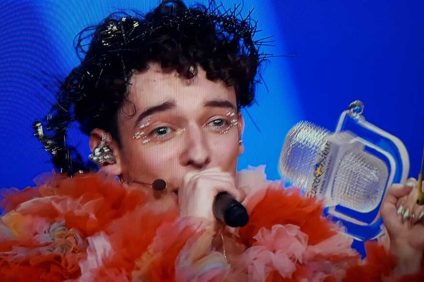The cult of Our Lady of the Rosary it had a rapid spread in the immediate aftermath of its establishment. Starting from the XNUMXth century, the statuary patrimony of the parish was enriched with the presence of the image of the Madonna del Rosario. A large part of the icons consists of the so-called 'mannequins to dress', that is to say that type of statuary that provides a sort of frame, generally made of wood, with only the visible ends, while the clothing is the result of popular devotion.
The Madonna del Rosario, the birth of the cult and its spread
With the apparition of Mary to San Domenico, which took place in 1208, the Christian canon is established which determines its birth. To remember the battle of Lepanto in 1571, in which the Holy League defeated the Ottoman Empire, dad Pius V established the feast of the 'Madonna della Vittoria', an identifier that was soon joined by the more popular version of the 'Madonna del Rosario'. The Church with its various communities immediately welcomed the new cult and images of the Virgin of the Rosary began to appear in many parishes. Especially in Southern Italy, the sculptural typology of the so-called 'Madonnas to dress'. What apparently might have seemed a futile choice, actually turned out to be the cornerstone in manifesting one's devotion. That of 'dressing the statues' is certainly a custom already active well before the sixteenth century; however, it is during the latter that it undergoes a rediscovery that will attempt to mature until the end of 1700.

The faces of the 'Madonna Dressed' in the Italian tradition
A rich tradition of this type is preserved in the Italian peninsula and the Apulian and Campania production are particularly interesting. The reliquary statues or the wooden sculpture that had characterized the previous centuries, now leaves room for the 'Madonnas to dress'. The definition is partly too pretentious, as this typology was already used in the past but in a less marked way. And while it involved, without distinction, the depiction of nativity scenes, saints and images of the Virgin, starting from the sixteenth century it is more interested in the figure of Mary and the Baby Jesus holding in her arms. In the case of Our Lady of Sorrows we will not have the presence of the child but of a rich kit that can include the crown or a dagger, often of silver. In all cases, and in ours in particular, large space is reserved for clothing. And it is precisely the clothing that animates the meaning of 'dressed mannequins', sanctioning their time and degree of interpretation. Faces, in themselves, would not be identifying.

The dressing, the trousseau and the devotion
From the moment in which the image of the Madonna del Rosario is present in church, for the faithful of the community, in addition to the common thread that binds them directly to the practice of worship, the need arises to demonstrate their benevolence in a perceptive way. This is perhaps how the dressing becomes a real ritual. The static figure of the Madonna to be dressed retains the appearance desired by the devotees. The outfit that makes up the clothing can reach significant splendor. The measurements of the dress are taken, space is given to every detail and minutiae and a real little treasure is created. Gold and silver can stand out on fabrics in the form of decorations that appeal to the art of great masters. The mantle, usually blue, and the rosary in the hands. Likewise it is done for the Baby Jesus; the latter, considering the small size, is often not built on a small frame but made entirely and painted, before being dressed and crowned.





